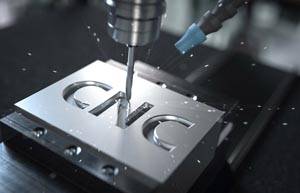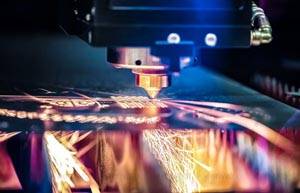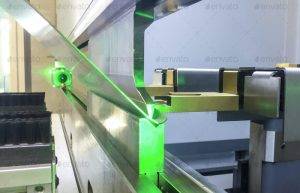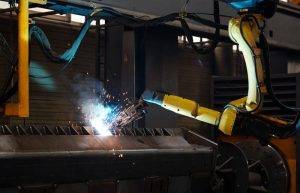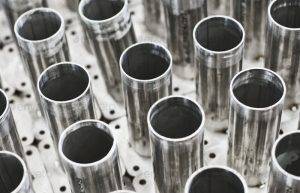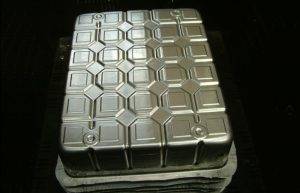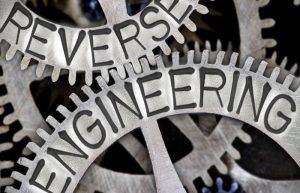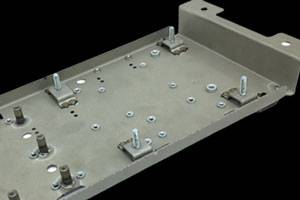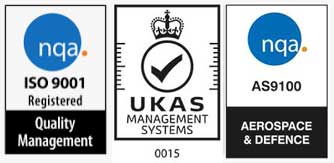Looking to improve your stainless steel welding skills? Look no further than this ultimate guide, featuring tips and tricks from UK welding experts.
Stainless steel welding can be a challenging skill to master, but with the right guidance and techniques, it can be a rewarding and lucrative career. In this ultimate guide, we’ve gathered tips and tricks from UK welding experts to help you improve your stainless-steel welding skills and take your career to the next level.
Understand the properties of stainless steel
Before you start welding stainless steel, it’s important to understand its properties. Stainless steel is a corrosion-resistant alloy that contains at least 10.5% chromium. This chromium content creates a thin layer of oxide on the surface of the metal, which protects it from rust and corrosion. However, this oxide layer can also make welding stainless steel more challenging, as it can interfere with the welding process. Understanding the properties of stainless steel can help you choose the right welding technique and equipment for the job.
Choose the right welding method and equipment
When it comes to welding stainless steel, choosing the right method and equipment is crucial. TIG (tungsten inert gas) welding is often the preferred method for stainless steel, as it allows for precise control and produces high-quality welds. However, MIG (metal inert gas) welding can also be used, especially for thicker materials. It’s important to choose the right filler metal for the job, as well as the appropriate shielding gas. Consult with a welding expert or refer to welding guides for specific recommendations.
Prepare the materials properly
Proper preparation of the materials is essential for successful stainless steel welding. Make sure the surfaces to be welded are clean and free of any contaminants, such as oil, grease, or rust. Use a wire brush or grinder to remove any surface impurities. It’s also important to properly fit the pieces together, ensuring there are no gaps or misalignments. This will help ensure a strong and durable weld.
Practice proper welding techniques
Proper welding techniques are essential for achieving a strong and durable weld. One important technique is to maintain a consistent arc length, which is the distance between the electrode and the workpiece. This can be achieved by keeping a steady hand and maintaining a consistent travel speed. It’s also important to use the correct welding technique for the job at hand, such as TIG or MIG welding. Finally, make sure to properly cool the weld after it’s completed to prevent warping or cracking.
Perform post-welding treatments for optimal results
After completing a stainless steel weld, it’s important to perform post-welding treatments to achieve optimal results. One common treatment is passivation, which removes any impurities or contaminants from the surface of the weld and helps prevent corrosion. Another treatment is pickling, which removes any discoloration or scale from the weld. It’s also important to properly clean and inspect the weld to ensure it meets the necessary standards and specifications.
Contact us at Chasestead Engineering to discuss how we can help with your stainless steel welding project.

